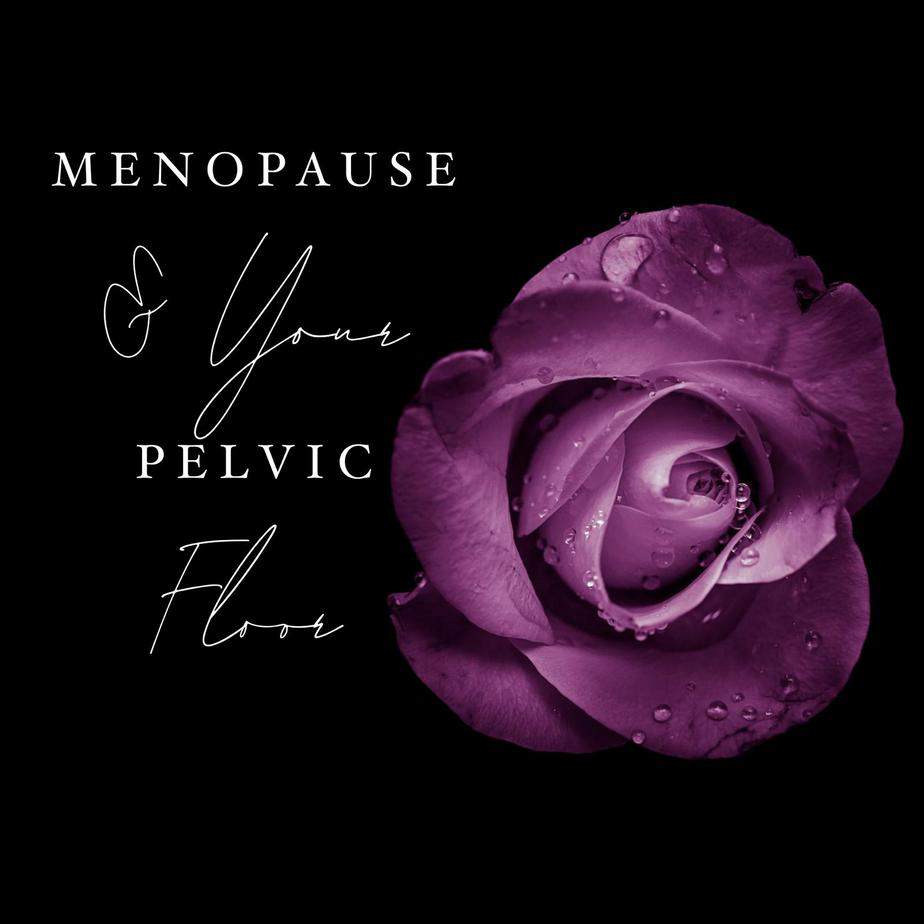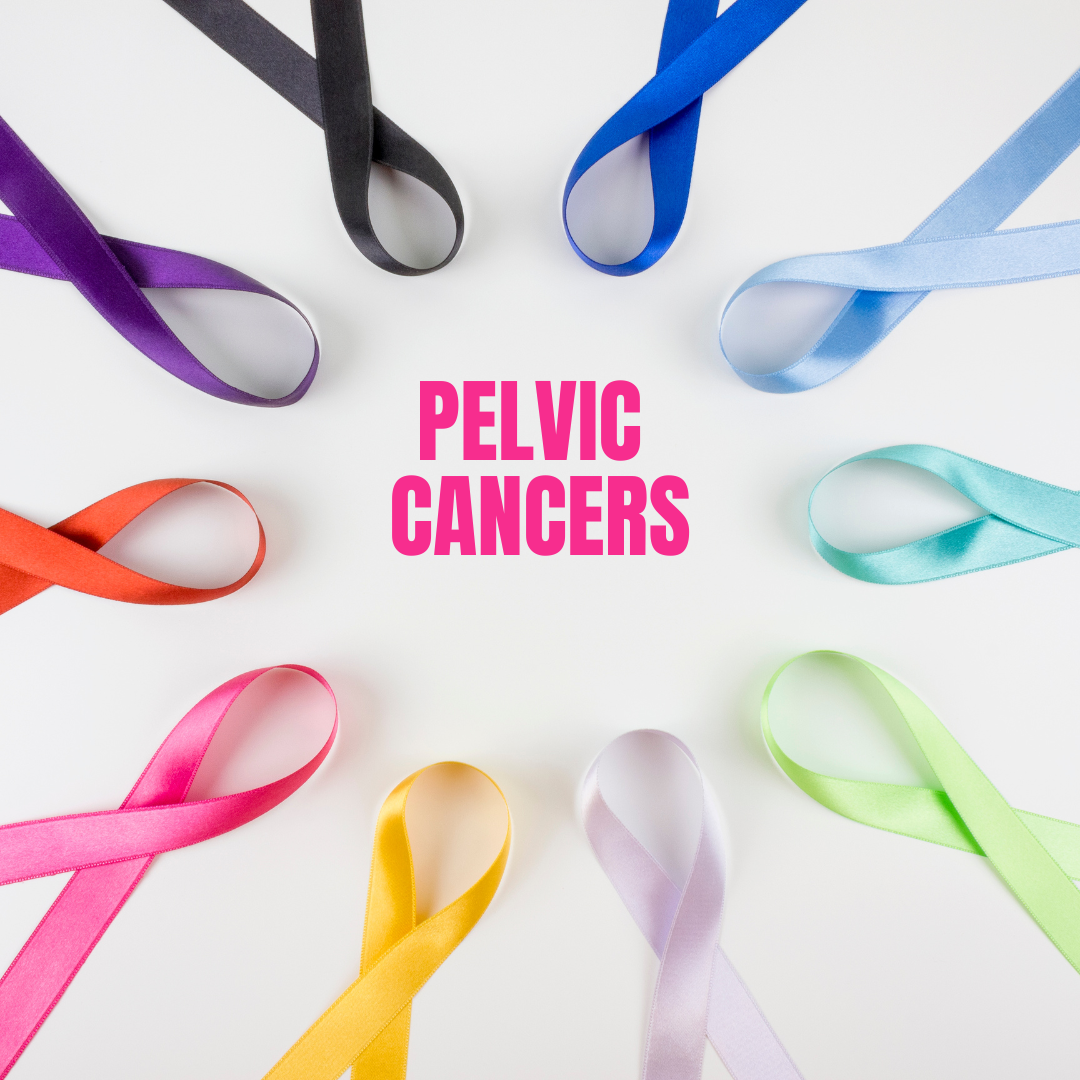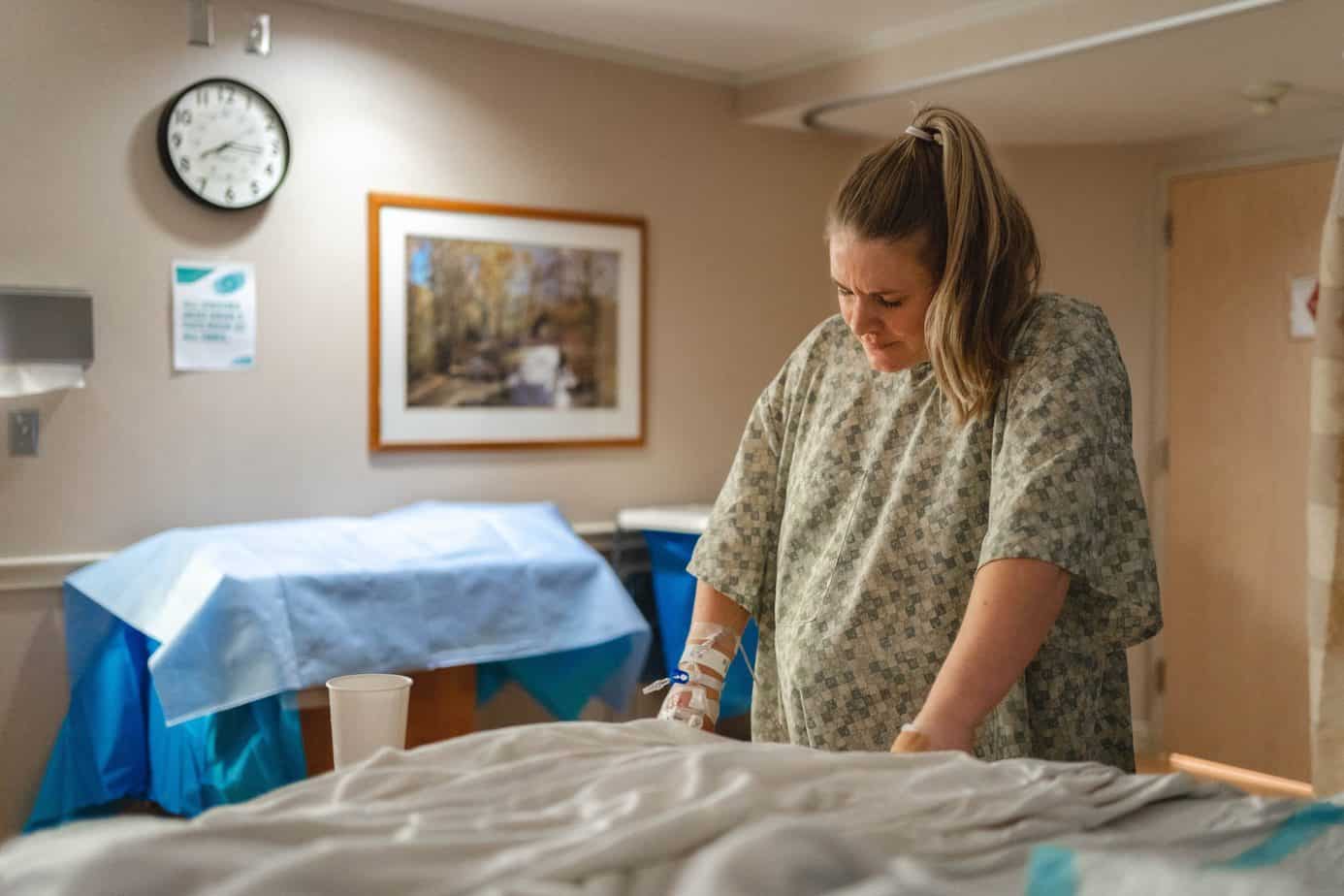Menopause & Your Pelvic Floor

For many women, menopause may be accompanied by a number of physical changes or symptoms. A decline in circulating estrogen, combined with the ageing process, puts women at risk of pelvic floor dysfunction. Pelvic health related perimenopause and post-menopause symptoms involve bowel, bladder, and sexual function.
Anatomy of aging
The pelvic floor is a muscular hammock consisting of fascia, ligaments, and other vascular structures. It provides structural support to the abdominopelvic pelvic organs and functions to regulate intra abdominal pressure to provide bladder and bowel continence.
Pelvic floor muscles are not immune to the normal aging process which results in loss of muscle mass and connective tissue changes. Several studies have linked alterations in connective tissue and estrogen in post-menopause women with pelvic floor dysfunction.
The muscles and connective tissue of the pelvic floor are estrogen-sensitive. Changes in collagen, due to estrogen deficiency can have a profound effect on the support mechanisms of the pelvic floor. Due to the decline of ligamentous and fascial integrity, pelvic organ support and continence becomes increasingly reliant on the muscles of the pelvic floor.
Urogenital symptoms
After menopause, more than half of women may have vulvovaginal symptoms that can impact their lifestyle, emotional well being, and sexual health. Urogenital symptoms can involve the vulva (outside), vagina, and bladder. Many women experience urogenital symptoms such as vaginal dryness, itching, discomfort, especially in relation to sexual activity and urinary incontinence.
Vaginal atrophy can lead to vaginal dryness, soreness, or pain with sex. The skin and supporting tissues of the vulva and the vagina become less elastic and thin with the reduction of circulating estrogen. Vaginal dryness is commonly the first symptom reported. Vaginal thinning and dryness are the most common cause of dyspareunia, or pain with sex, in women over age 50.
Local estrogen therapy
Local low dose treatment with estrogen delivered directly to the vulva and vagina has been found to have a significant therapeutic effect on postmenopausal urogenital symptoms. Symptoms like vulvovaginal dryness, soreness, burning, irritation, itching typically respond well to local estrogen therapy, which can also help greatly with discomfort or pain during sex, and has a positive impact on the vaginal pH and prevent overgrowth of abnormal vaginal flora.
Estrogen delivered locally can be in the form of:
- Vaginal tablets, gel or a pessary all initially used daily, then twice weekly
- Creams: used daily initially, then twice weekly
- A vaginal silicone ring: changed 3 monthly
Pelvic floor therapy
A pelvic health physical therapist can screen for orthopedic dysfunction in the spine, hips or pelvis. They can discuss sexual ergonomics such as positioning or the use of lubricant. They can also provide information and education about sexual health before, during, and after menopause. A growing body of evidence demonstrates the efficacy of skilled pelvic rehab interventions in the management of bladder/bowel dysfunctions, pelvic organ prolapse, sexual health issues, and pelvic pain. Local hormone replacement combined with pelvic floor physical therapy has recently been demonstrated as an optional strategy in the management of post-menopausal urinary incontinence. Pelvic floor physical therapy can assess and monitor a woman’s pelvic floor function, teach appropriate techniques to strengthen, and retrain bladder habits.
We can help!
Body Harmony Physical Therapy offers one-on-one treatment sessions and provides individualized treatment programs for each patient.
This blog was created for informational purposes only and is not intended to be a substitute for professional medical advice, diagnosis, or treatment. Always seek the advice of your physician or other qualified health provider with any questions you may have regarding a health condition or before beginning a new exercise routine.
Written By: Victoria Garrett, PT, DPT
References:







